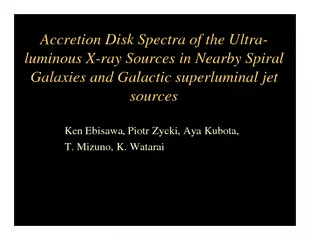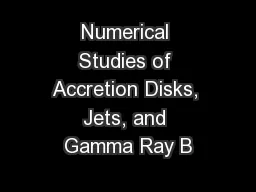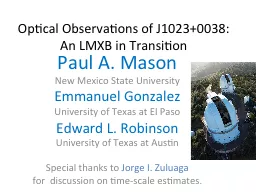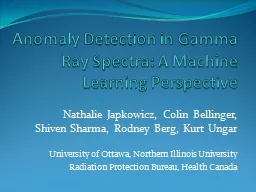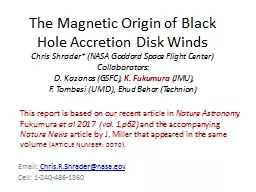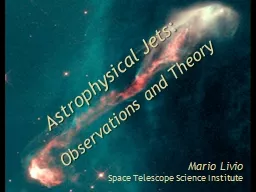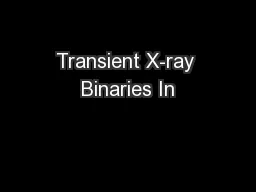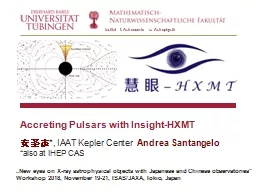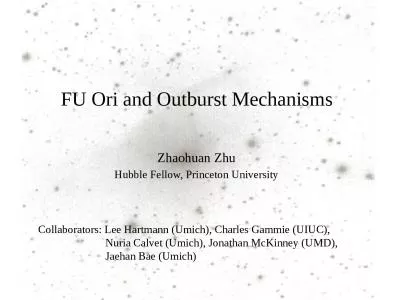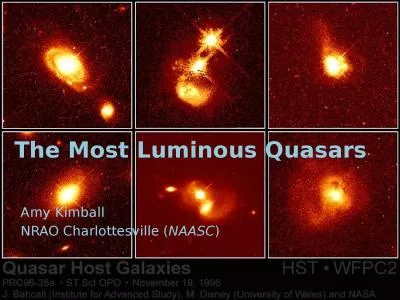PDF-Accretion Disk Spectra of the Ultra luminous X ray Sou
Author : tawny-fly | Published Date : 2015-04-22
Mizuno K Watarai brPage 2br Ultra luminous X ray Sources ULX Discovered with Einstein in nearby spiral Galaxies eg Fabbiano 1988 05 10 keV10 39 10 40 erg s Too bright
Presentation Embed Code
Download Presentation
Download Presentation The PPT/PDF document "Accretion Disk Spectra of the Ultra lumi..." is the property of its rightful owner. Permission is granted to download and print the materials on this website for personal, non-commercial use only, and to display it on your personal computer provided you do not modify the materials and that you retain all copyright notices contained in the materials. By downloading content from our website, you accept the terms of this agreement.
Accretion Disk Spectra of the Ultra luminous X ray Sou: Transcript
Download Rules Of Document
"Accretion Disk Spectra of the Ultra luminous X ray Sou"The content belongs to its owner. You may download and print it for personal use, without modification, and keep all copyright notices. By downloading, you agree to these terms.
Related Documents

